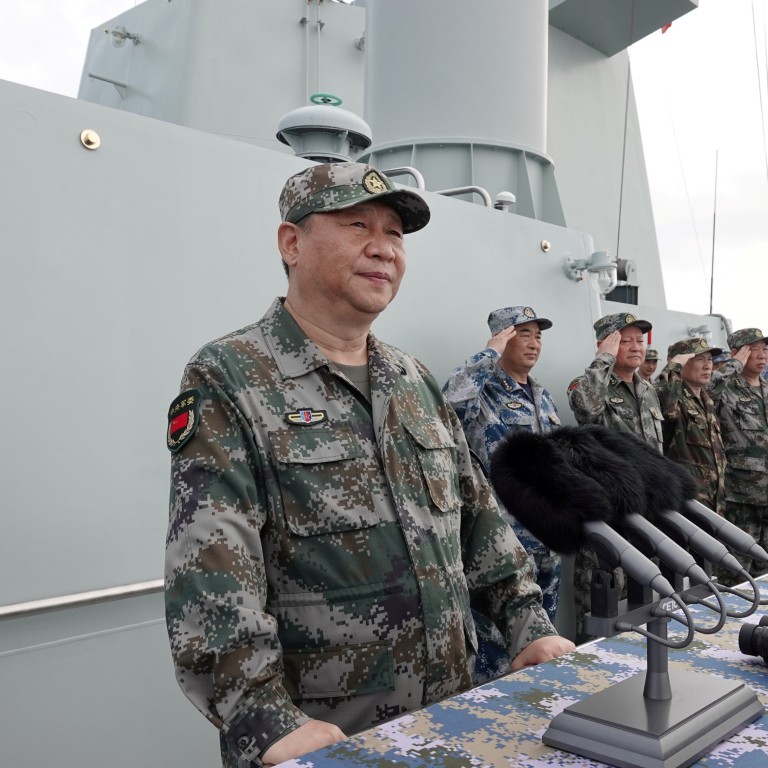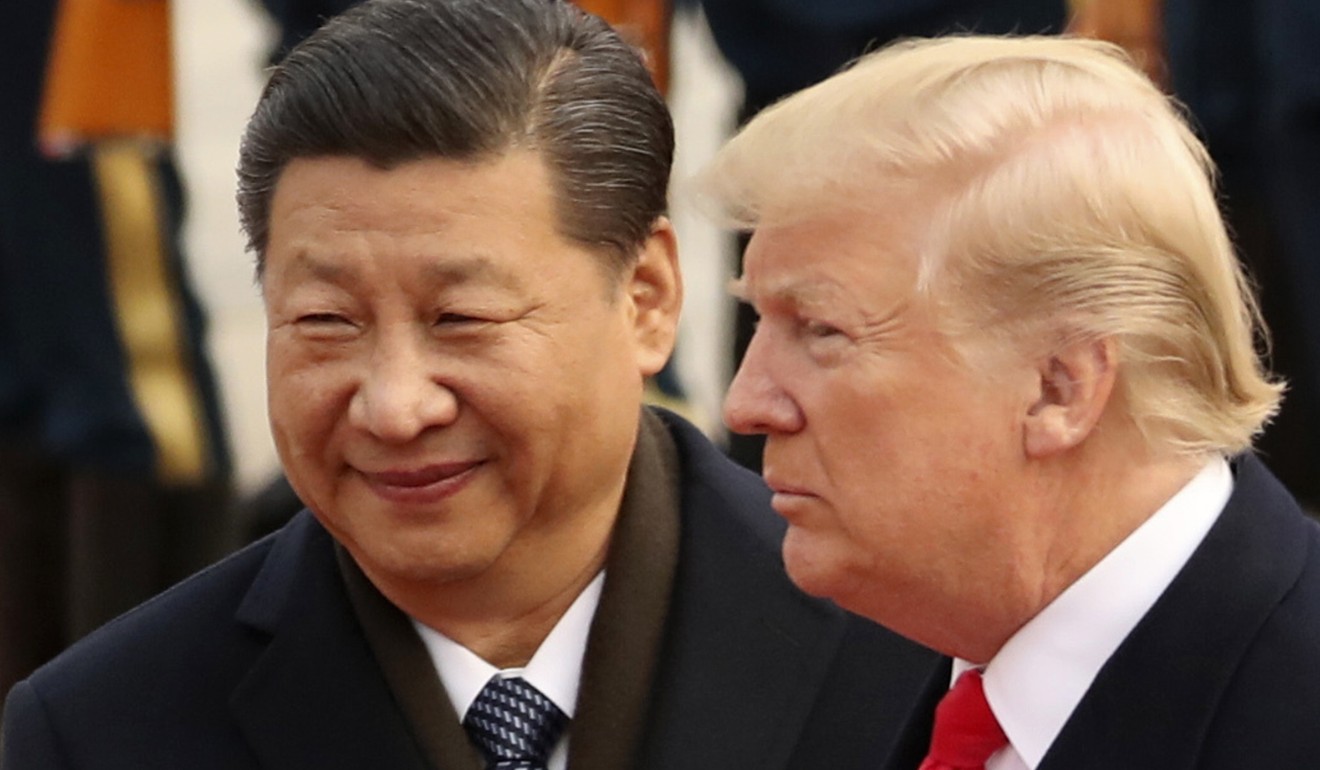
How China’s display of military might is really a force for regional peace and stability
- Brian YS Wong says symbolic acts of militarism help release the pressure of more destructive domestic nationalism, hold the US at bay and add credibility to overtures to Taiwan
This tougher stance allowed the party to espouse a more moderate brand of state-sanctioned, “rational” nationalism that both splintered the nationalist movement and deflected a large majority of the criticism of the Chinese state for its perceived inaction.
More importantly, the display of often publicly celebrated military strength served as a “pressure valve” that decreased the sense of insecurity and threat that permeated the public ethos at the time. The upshot is that symbolic or cosmetic acts of militarism are helpful in preventing unfettered nationalism from instigating far worse outcomes for both China and its neighbours – such as mass boycotts or localised military altercations.
This idea may seem counter-intuitive. Surely, one may say, Xi’s statement is explicitly encouraging greater grass-roots nationalism that may well be intended to legitimise Chinese expansionism.
Yet this fails to recognise that official statements are often meant to be read as a subtle signal of Beijing’s political stance. The call for greater militarism from state-endorsed bodies (the army, foreign service, and the like) is implicitly a substitute for far less regulated and emotive grass-roots nationalism. Xi’s statement resoundingly shows his political acumen in managing expectations.
China’s escalation of militarism signals not only its apparent rejection of Trump’s attempts to force its hand over its Asia strategy, but also that China is prepared to commit to long-term military activities in East Asia.
Countering such moves would be too costly, and too economically and politically undesirable for Trump’s isolationist platform. With many other arenas for Trump to persist with his narrative of “winning”, he is likely to back down in the face of Chinese aggression.

It’s still possible to be sceptical – after all, who is to say that an East Asia under only Chinese influence would be preferable to a region where China and the US balance each other out?
While China is clearly not acting altruistically, surely Chinese self-interest can overlap with that of its neighbours. Moreover, an East Asia where countries are forced to take sides between two competing superpowers is likely to be far less harmonious and stable than one where China prevails as the regional hegemonic force. Thus, such scepticism is largely unfounded.
The current stalemate, in the absence of more conducive cross-strait talks, has resulted in both escalating anti-Chinese sentiment and anti-Taiwanese populism on both sides of the strait.
Cynics may say Chinese militarism would only result in a substantial backlash from Taiwan. Yet, realistically, a constant Chinese presence in the Taiwan Strait poses not only a substantial threat to Taiwan but also has high diplomatic costs for Beijing.
Thus, the increase in militarism is likely to be a short-term phenomenon that acts as a stepping stone to cross-strait dialogue with greater gravitas and conviction from both sides.
In sum, the rise in Chinese militarism is a force for regional stability. While the reasons may be very different from the official party line, there remains room for optimism about the future of East Asian politics.
Brian YS Wong is a Master of Philosophy student of politics (political theory) at Wolfson College, Oxford University

.png?itok=bcjjKRme&v=1692256346)